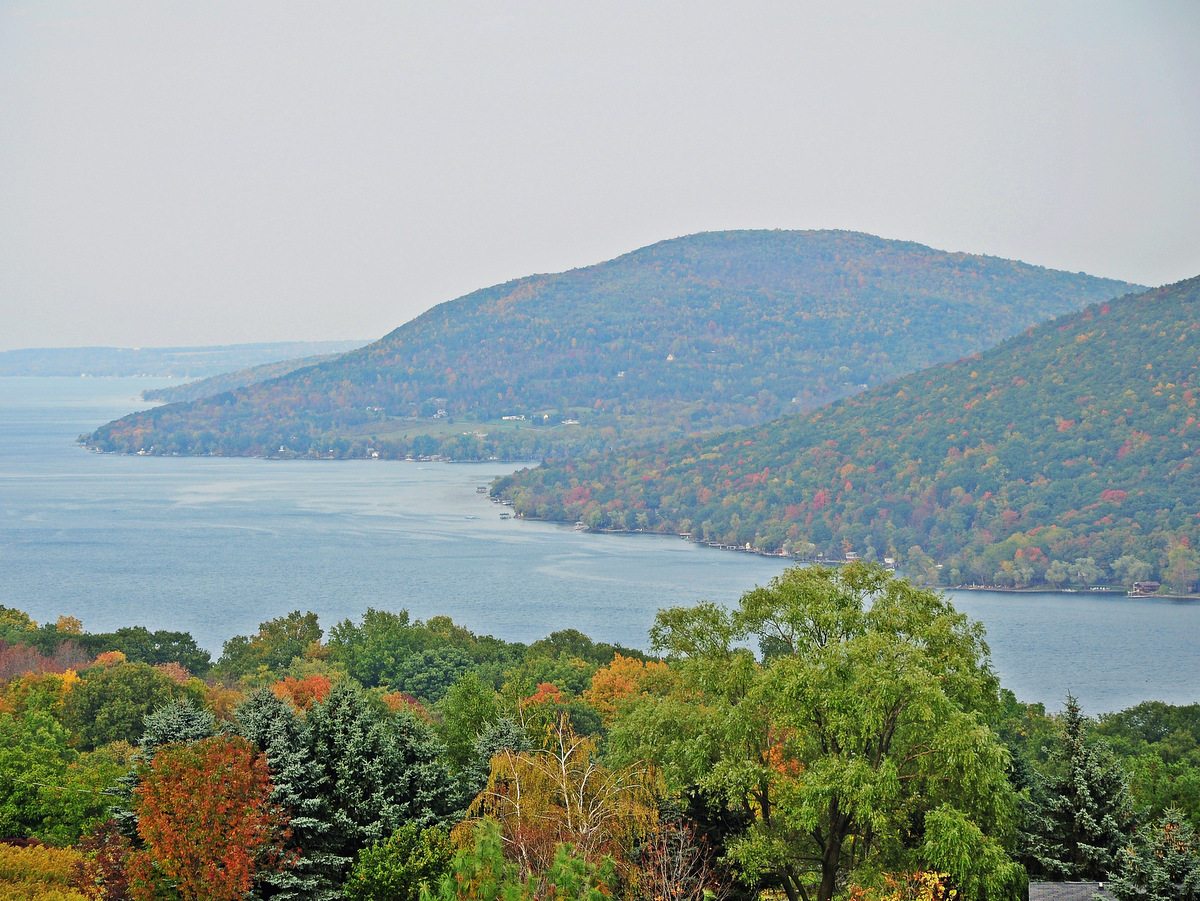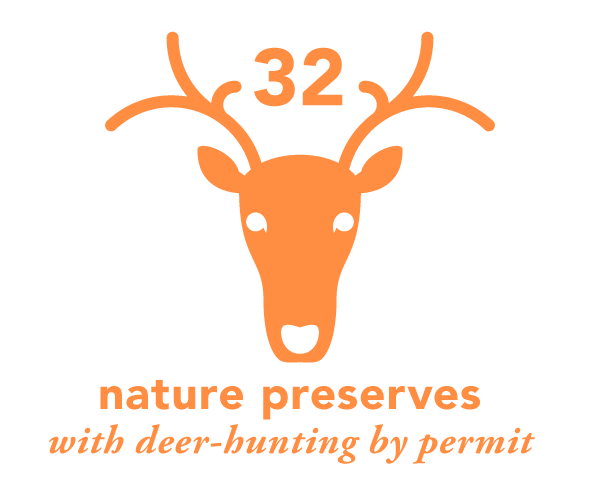The Finger Lakes Land Trust (FLLT) purchased 63 acres on the western slope of Bare Hill which overlooks the eastern shore of Canandaigua Lake. Located in the town of Middlesex, Yates County, the property represents the FLLT’s tenth land acquisition at Bare Hill, well known in the region for its scenic views and cultural significance in the creation story of the Seneca Nation.
The FLLT intends to transfer the parcel to the New York State Department of Environmental Conservation (DEC) as an addition to the adjacent Bare Hill Unique Area. Through this partnership, the FLLT has protected a total of 322 acres at the site, beginning with its first 95-acre acquisition in 2007.

Photo: Nigel Kent
The addition of this undeveloped land to Bare Hill Unique Area will enhance wildlife habitat protection, help safeguard water quality in Canandaigua Lake, and increase public access to recreational opportunities. In the future, the FLLT hopes to work with the state and other partners to construct a hiking trail on nearby conserved lands from the lakeshore to the summit of Bare Hill.
“Bare Hill is a beloved landmark for many people who spend time at Canandaigua Lake,” said FLLT Executive Director Andrew Zepp. “By securing these lands, we are ensuring that future generations will be able to witness this inspiring landscape and connect with nature.”
Funding for the project came from the FLLT’s Opportunity Fund, an internal revolving loan fund that is available for time-sensitive acquisitions such as this project. The fund is then replenished either through fundraising, or, as in this case, the sale of the property to the DEC.
Elsewhere in the Canandaigua Lake watershed, the FLLT owns and manages the Canandaigua Vista, West River, and Great Hill (Nundawao) Preserves. The organization has worked in partnership with Ontario County to create Grimes Glen County Park, with the Town of South Bristol to create Carolabarb Park, and with DEC to enhance the protection of Conklin Gully and High Tor Wildlife Management Area. Additionally, the FLLT holds conservation easements on 22 properties in this area, representing more than 990 conserved acres in private ownership which remain on local tax rolls.

